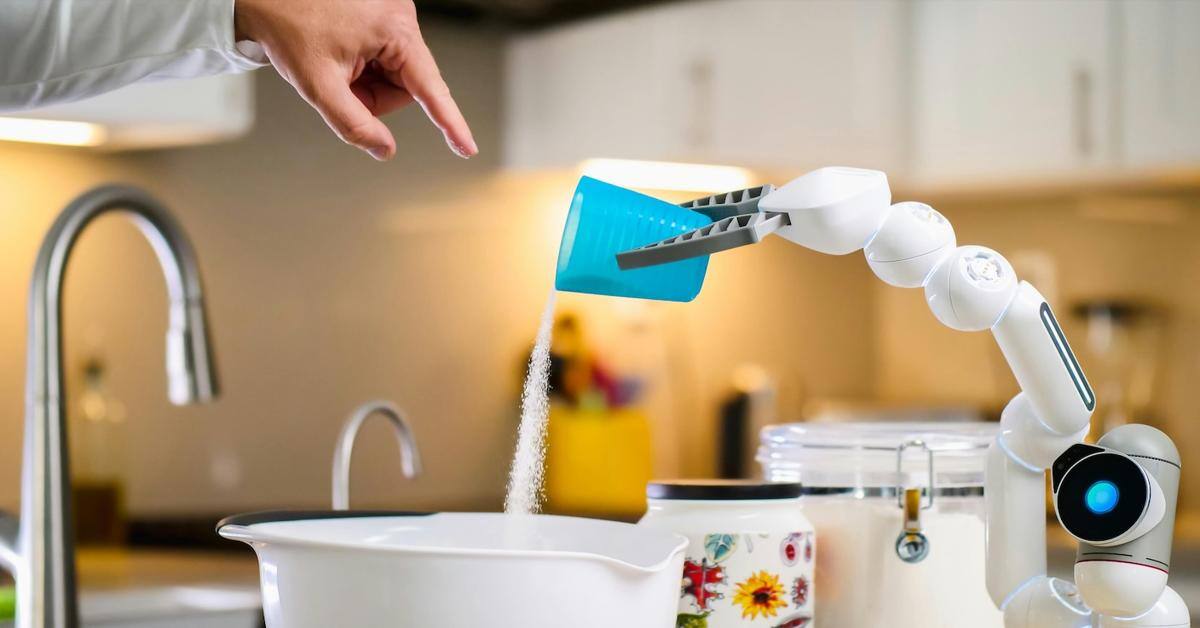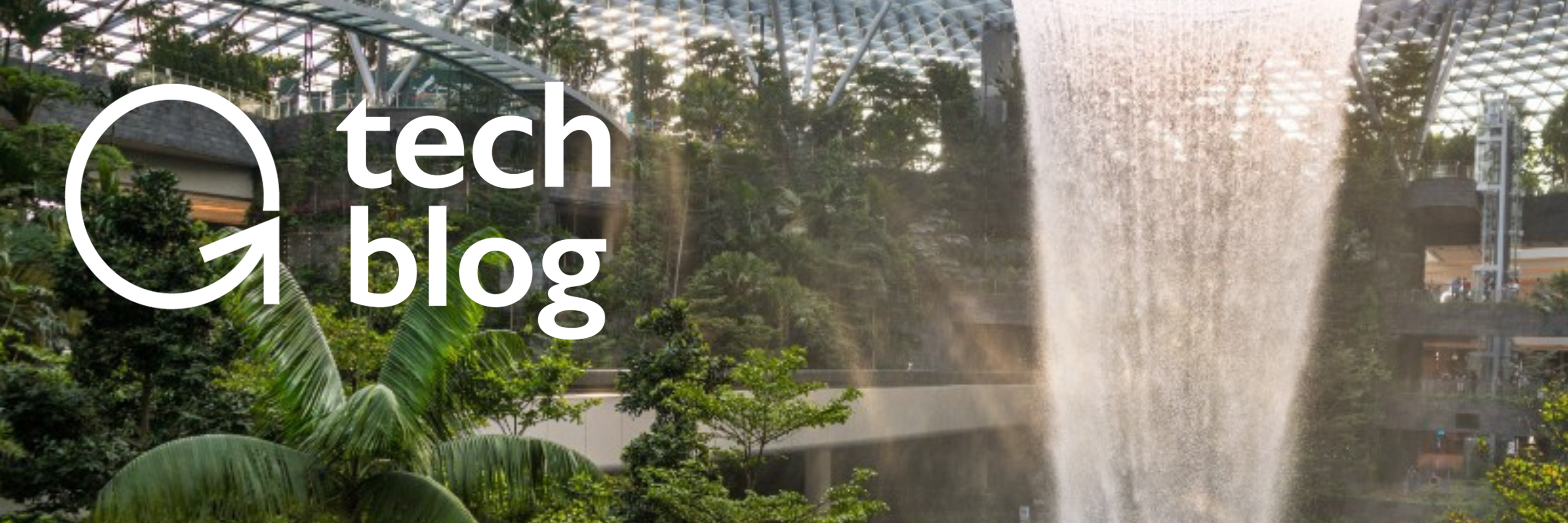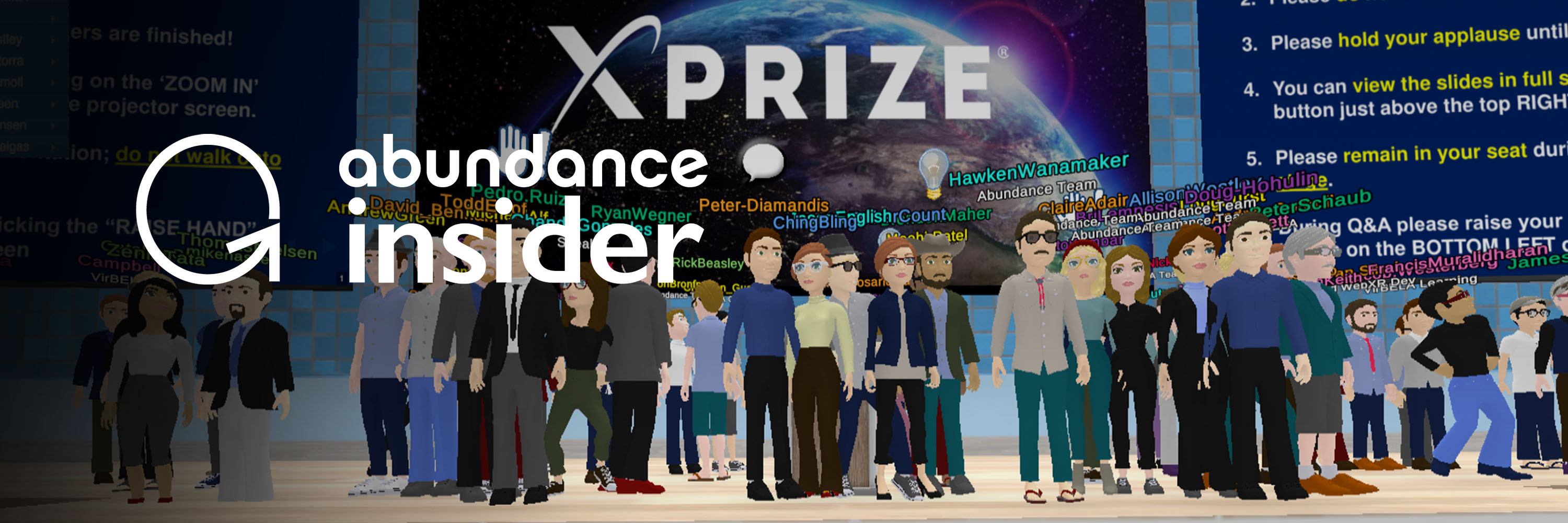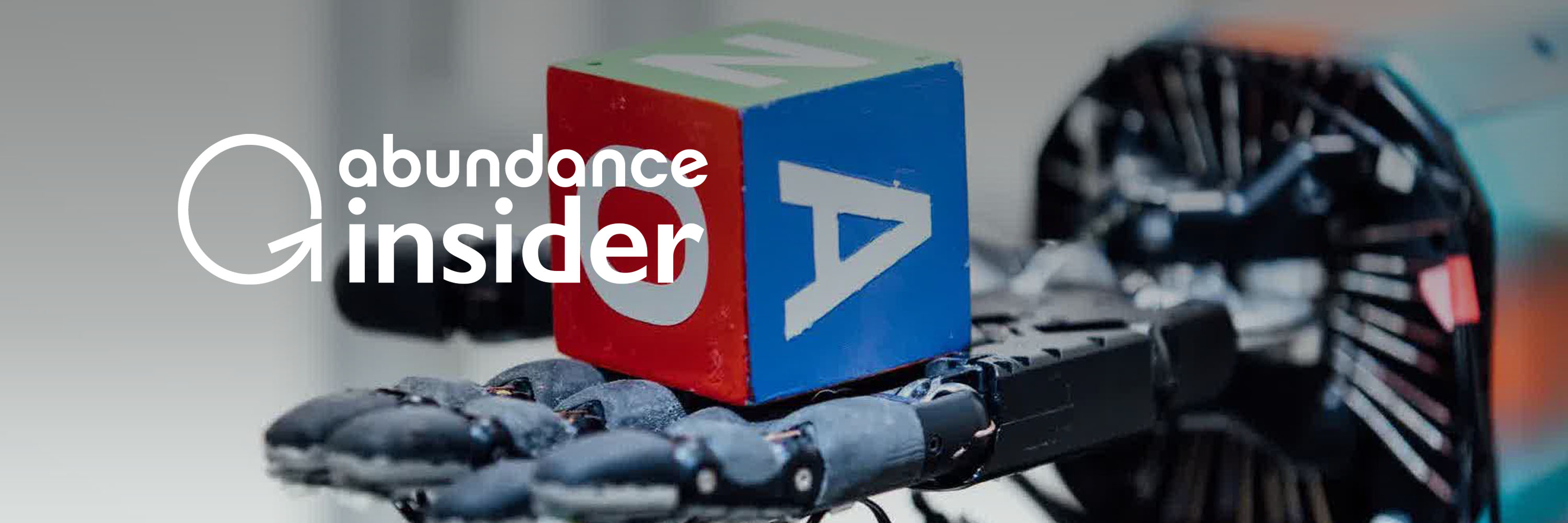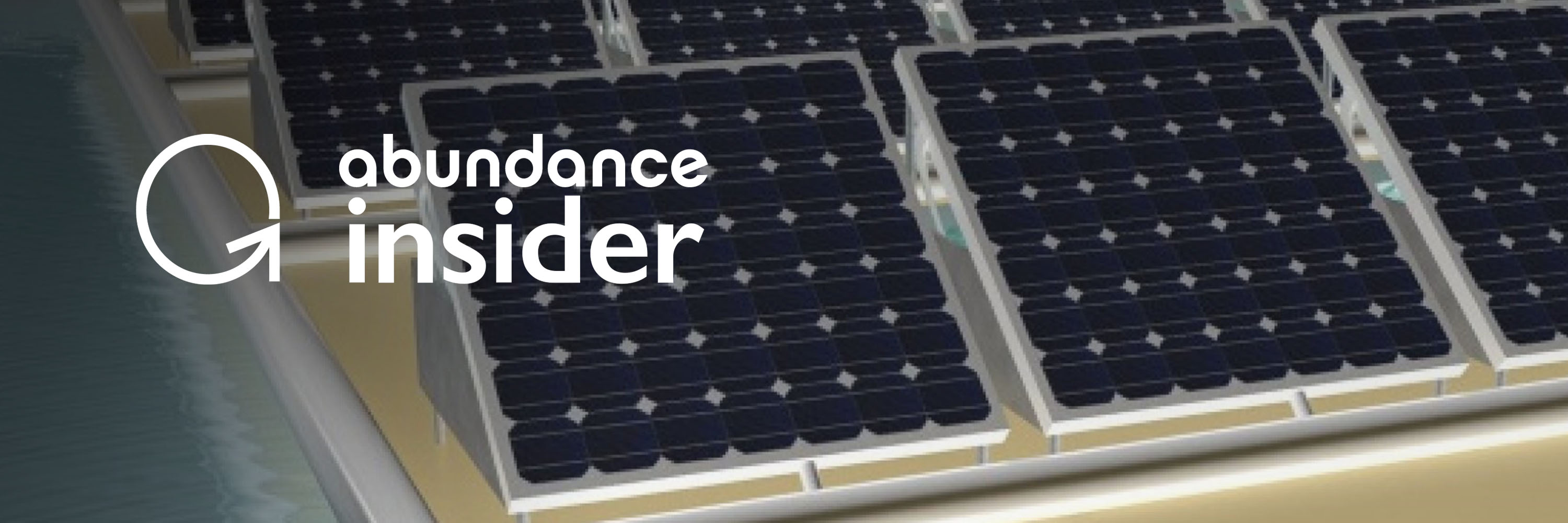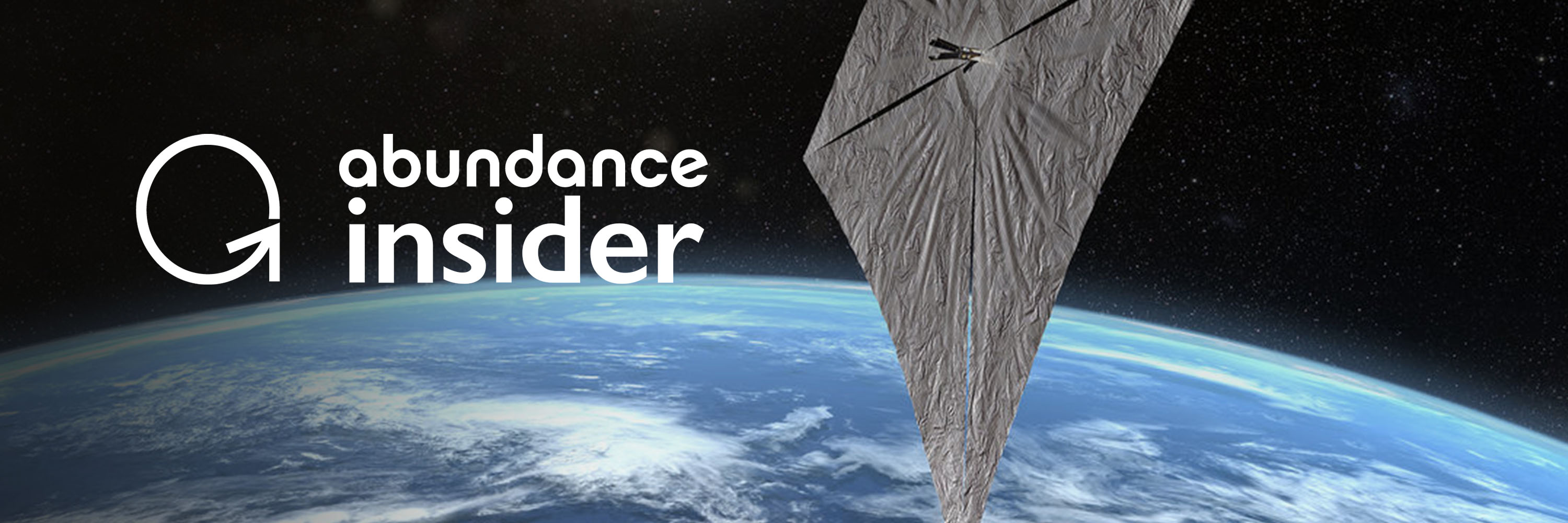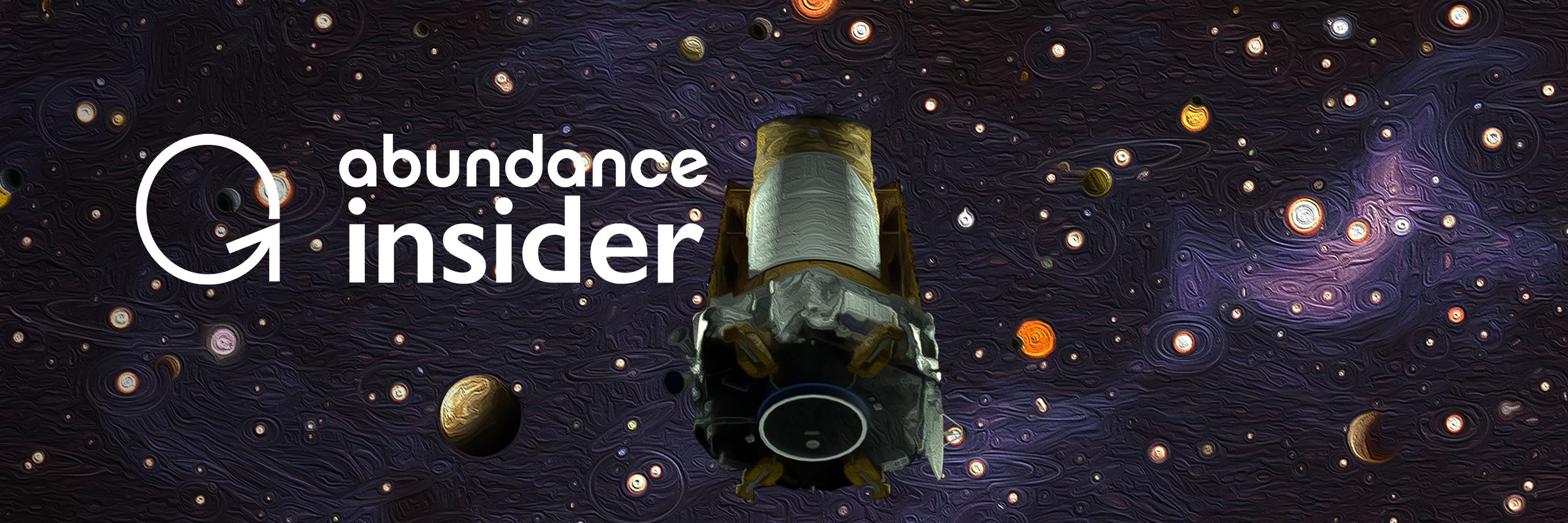Automating food is unlike automating anything else. Food is fundamental to life—nourishing body..
9 min read
Robots Are Coming to the Kitchen—What That Could Mean for Society and Culture
By Peter H. Diamandis on Sep 15, 2024
Topics: Robotics Abundance Entrepreneurship Abundance 360 Artificial Intellegence future of food food tech
18 min read
Metatrend #18: Cellular Agriculture & Vertical Farming
By Peter H. Diamandis on Feb 7, 2023
How do you feed 8 billion people, all of whom want access to higher-quality, more nutritious and..
Topics: Entrepreneurship future of food vertical farming food tech
6 min read
The Future of Food: 3D Printing, Vertical Farming & Materials Science
By Peter H. Diamandis on Dec 17, 2020
Food… what we eat and how we grow it will be fundamentally transformed in the next decade.
Topics: Abundance Entrepreneurship Exponentials Abundance 360 agriculture moonshot future of food exponential technology future tech
1 min read
VIDEO: The Future is Faster Than You Think | Burning Man 2020
By Peter H. Diamandis on Sep 17, 2020
What is the 'Singularity'? What does the future of food, healthcare and education look like? How do..
Topics: The 6 D's healthcare Singularity University future of food video Burning Man
6 min read
Gigabit bandwidth EVERYWHERE, ALWAYS
By Peter H. Diamandis on Oct 30, 2019
We’re about to connect 8 billion people on the planet, everywhere, all the time, at near zero cost...
Topics: 3D Printing Materials Science food agriculture materials automation future of food agtech vertical farming Plenty Inc. hydroponics aeroponics food tech food production digital agriculture RIPE Project Apeel Sciences Anrich3D Aerofarms RedefineMeat
8 min read
Future of Transport (Part 1): Flying Cars & Aerial Ridesharing
By Peter H. Diamandis on Oct 27, 2019
In 2018, for the sixth straight year, Los Angeles earned the dubious honor of being the most..
Topics: 3D Printing Materials Science food agriculture materials automation future of food agtech vertical farming Plenty Inc. hydroponics aeroponics food tech food production digital agriculture RIPE Project Apeel Sciences Anrich3D Aerofarms RedefineMeat
7 min read
The Future of Food: Protein in 2030 (Part 2)
By Peter H. Diamandis on Oct 20, 2019
Could a hamburger grown in a lab from Kobe beef stem cells be cheaper, better tasting and healthier..
Topics: 3D Printing Materials Science food agriculture materials automation future of food agtech vertical farming Plenty Inc. hydroponics aeroponics food tech food production digital agriculture RIPE Project Apeel Sciences Anrich3D Aerofarms RedefineMeat
6 min read
The Future of Food: 3D Printing, Vertical Farming & Materials Science (Part 1)
By Peter H. Diamandis on Oct 13, 2019
Food… What we eat, and how we grow it, will be fundamentally transformed in the next decade.
Topics: 3D Printing Materials Science food agriculture materials automation future of food agtech vertical farming Plenty Inc. hydroponics aeroponics food tech food production digital agriculture RIPE Project Apeel Sciences Anrich3D Aerofarms RedefineMeat
12 min read
Abundance Insider: August 9th, 2019
By Peter H. Diamandis on Aug 9, 2019
In this week's Abundance Insider: Samsung's 'smart' contact lenses, gamified tree-planting, and..
Topics: Abundance Insider Future of Work AR/VR AI food Artificial Intellegence virtual reality environment capital Augmented Reality China computation future of food
9 min read
Abundance Insider: July 27th, 2019
By Peter H. Diamandis on Jul 27, 2019
In this week's Abundance Insider: IBM's open-source cancer-fighting AI tools, India's Moon-bound..
Topics: Abundance Insider Energy Robotics AI food Artificial Intellegence robots future of food lab grown meat
10 min read
Abundance Insider: July 20th, 2019
By Peter H. Diamandis on Jul 21, 2019
In this week's Abundance Insider:"Smart" glass, an "EpiPen" for spinal cord injury, and the..
Topics: Abundance Insider Energy Robotics AI food Artificial Intellegence robots future of food lab grown meat
9 min read
Abundance Insider: July 12th, 2019
By Peter H. Diamandis on Jul 12, 2019
In this week's Abundance Insider: AI-powered "aging clocks," VR in professional testing, and the..
Topics: Abundance Insider Energy Robotics AI food Artificial Intellegence robots future of food lab grown meat
10 min read
Abundance Insider: July 6th, 2019
By Peter H. Diamandis on Jul 6, 2019
In this week's Abundance Insider: A 3D bioprinter goes to space, this year's World Economic Forum..
Topics: Abundance Insider Energy Robotics AI food Artificial Intellegence robots future of food lab grown meat
12 min read
Abundance Insider: June 29th, 2019
By Peter H. Diamandis on Jun 29, 2019
In this week's Abundance Insider: Breakthroughs in energy storage, a noninvasive mind-controlled..
Topics: Abundance Insider Energy Robotics AI food Artificial Intellegence robots future of food lab grown meat
15 min read
Abundance Insider: June 21st 2019
By Peter H. Diamandis on Jun 21, 2019
In this week's Abundance Insider: New plant-based meat alternatives, Cadillac’s 200,000 miles of..
Topics: Abundance Insider Energy Robotics AI food Artificial Intellegence robots future of food lab grown meat
13 min read
Abundance Insider: April 12th, 2019
By Peter H. Diamandis on Apr 12, 2019
In this week's Abundance Insider: Smart sleepwear, herbaceous cyber..
Topics: Abundance Insider Energy Materials Science Sensors food health agriculture healthcare materials Amazon trillion sensor economy voice assistants wearables future of food voice
14 min read
Abundance Insider: April 5th, 2019
By Peter H. Diamandis on Apr 5, 2019
In this week's Abundance Insider: Barista bots, ultrafast phone charging, and disposable..
Topics: Abundance Insider Space Robotics AI space exploration Artificial Intellegence Drones Batteries Genetics future of food
14 min read
Abundance Insider: March 15th, 2019
By Peter H. Diamandis on Mar 15, 2019
In this week's Abundance Insider: Noise-cancelling metamaterials, algorithms for early..


